Automobili Pininfarina Is Speeding Into a New Era of Hypercars
The Italian brand’s new all-electric, 1,900 horsepower Battista is just the beginning.
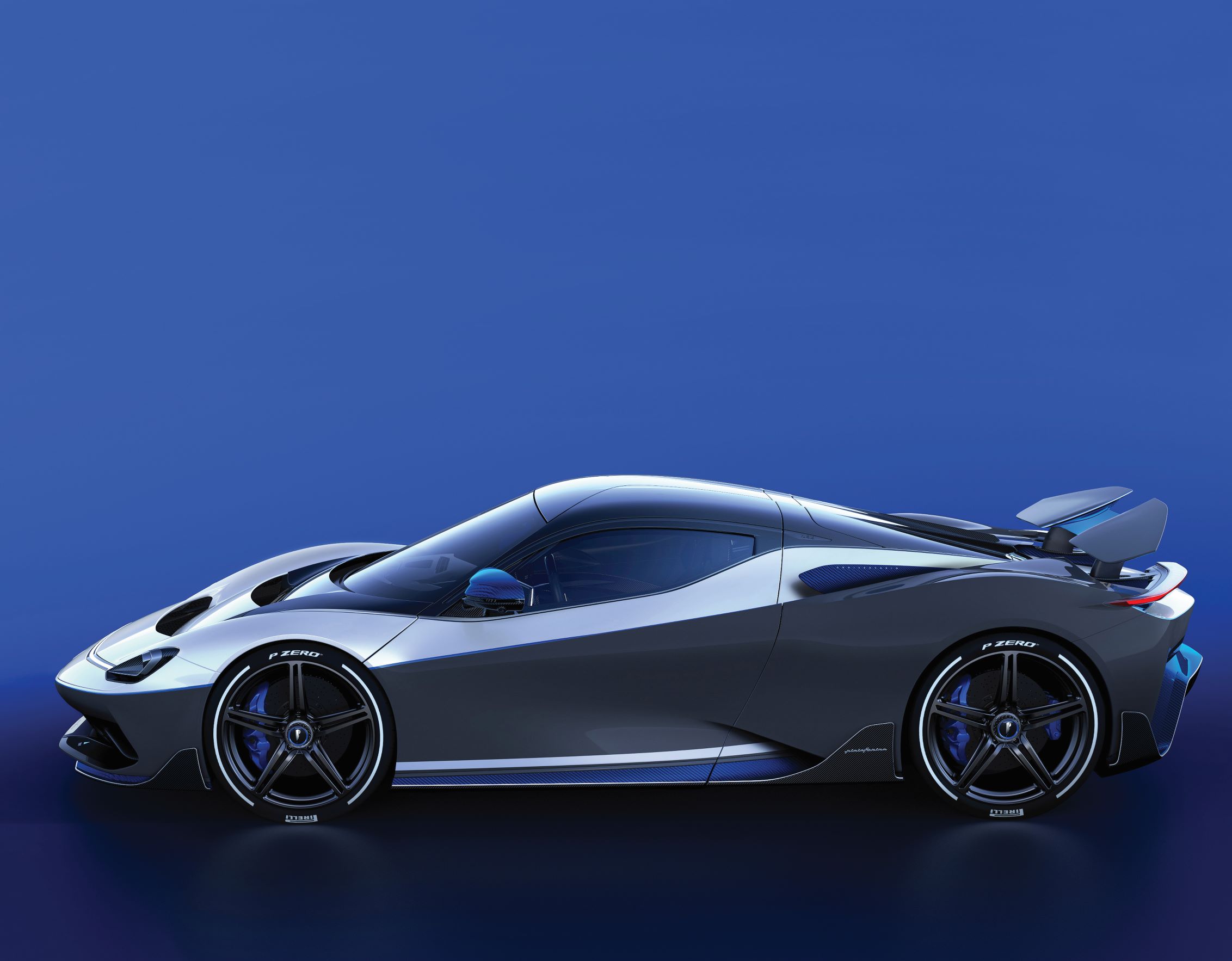
As legendary Italian design house Pininfarina S.p.A. enters the third stage of its nearly century-long lifespan, a new brand, Automobili Pininfarina, has joined the family, aiming to produce the most elevated sustainable luxury cars the world has ever seen.
Their first creation, the zero-emission Battista, flaunts celestial performance, with mind-boggling numbers like 1,900 horsepower, a 217-mph top speed, and a 0-62 mph time under two seconds. Yet Automobili Pininfarina aspires to even bigger goals than simply boasting one of the quickest vehicles on the planet: by 2025 they plan to debut an entirely new vehicle category dubbed the S-LUV (Sustainable Luxury Utility Vehicle), and aim to become the most sustainable luxury manufacturer in the world.
“This is the story of a company, and it is the story of a family,” Paolo Pininfarina, Chairman of Pininfarina S.p.A., beams proudly as he holds court in a sun-drenched gallery of his firm’s museum. “My grandfather had a vision to continue the company after his life: ‘My life is too short!’ he said, ‘I want the company to survive!’ And so he trained my father Sergio to become the second chairman of Pininfarina. And when I and my brother were born my grandfather was very happy, and he said ‘Now that we have these two new Pininfarinas I dream our company can be projected into the next century!’ And now here we are, in 2020.”
We’re standing in a gleaming glass atrium in Pininfarina headquarters in Cambiano, Italy, surrounded by some of the most coveted automobiles in human history: the Cisitalia 202, Ferrari P6 and Berlinetta Boxer, Alfa Romeo Giulietta Spider and 2uettottanta concept. Walking among these curvaceous steel masterpieces, it is blindingly clear that this is indeed the story of a family as much as a company. In the exalted pantheon of automotive design there are few names that carry more weight than that of Pininfarina. Sure other giants loom with surnames like Bertone, Giugiaro, Zagato, et al, but none quite hold the gravity and longevity of Turin’s most storied design house.
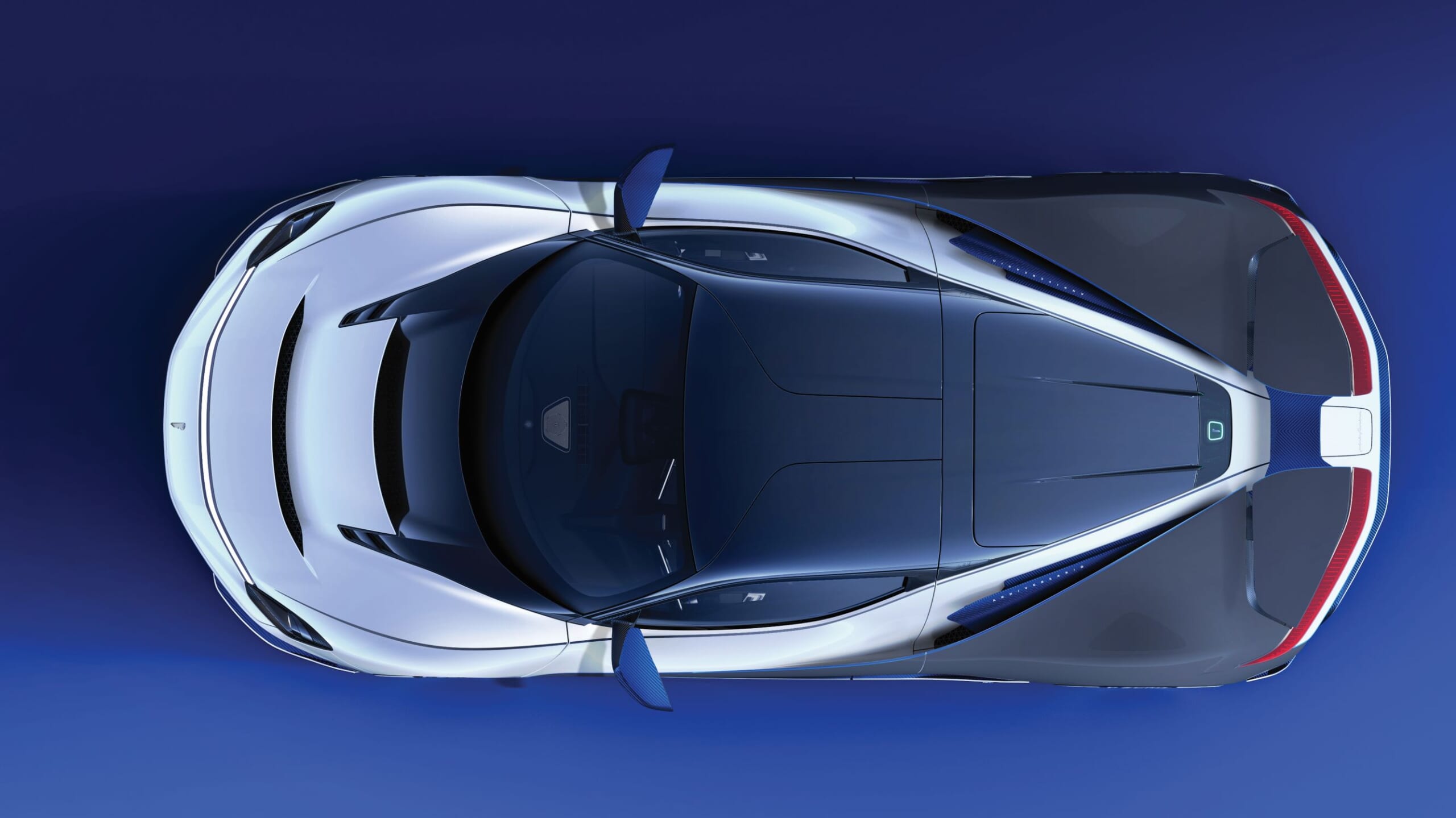
Created in 1930 by Battista Farina, a man born in the foothills of the Italian Alps in 1893, Carrozzeria Pininfarina quickly gained fame penning cars of exquisite balance and elegance. Tiny in stature, and born the tenth of 11 children, Battista’s nickname “Pinin” (littlest one in the the family) soon became inseparable from his myth.
The story of Pininfarina is really a trilogy, broken down into three distinct books: Book I, the genesis and foundational era under Battista; Book II, its evolution and more than half-century of collaboration with Ferrari under the leadership of Battista’s son Sergio; and finally today we gather in Turin to read the first chapters of Book III—probably best titled A Work In Progress.
This third stage really began in 2012, unquestionably a transformational timestamp for Pininfarina. The death of Sergio in July of that year ended what many consider the halcyon era for the house. A half-decade of rising debt also saw 2012 as the year of a painful corporate restructuring. Lastly—and perhaps most ominously—Ferrrari created Centro Stile, it’s in-house design center. The F12berlinetta, which debuted in 2012, marked the last production Ferrari to ever use Pininfarina styling, ending a streak started in the ’70s, where nearly every Ferrari production vehicle was designed by Pininfarina (with the lone exception of Bertone’s 308 GT4).
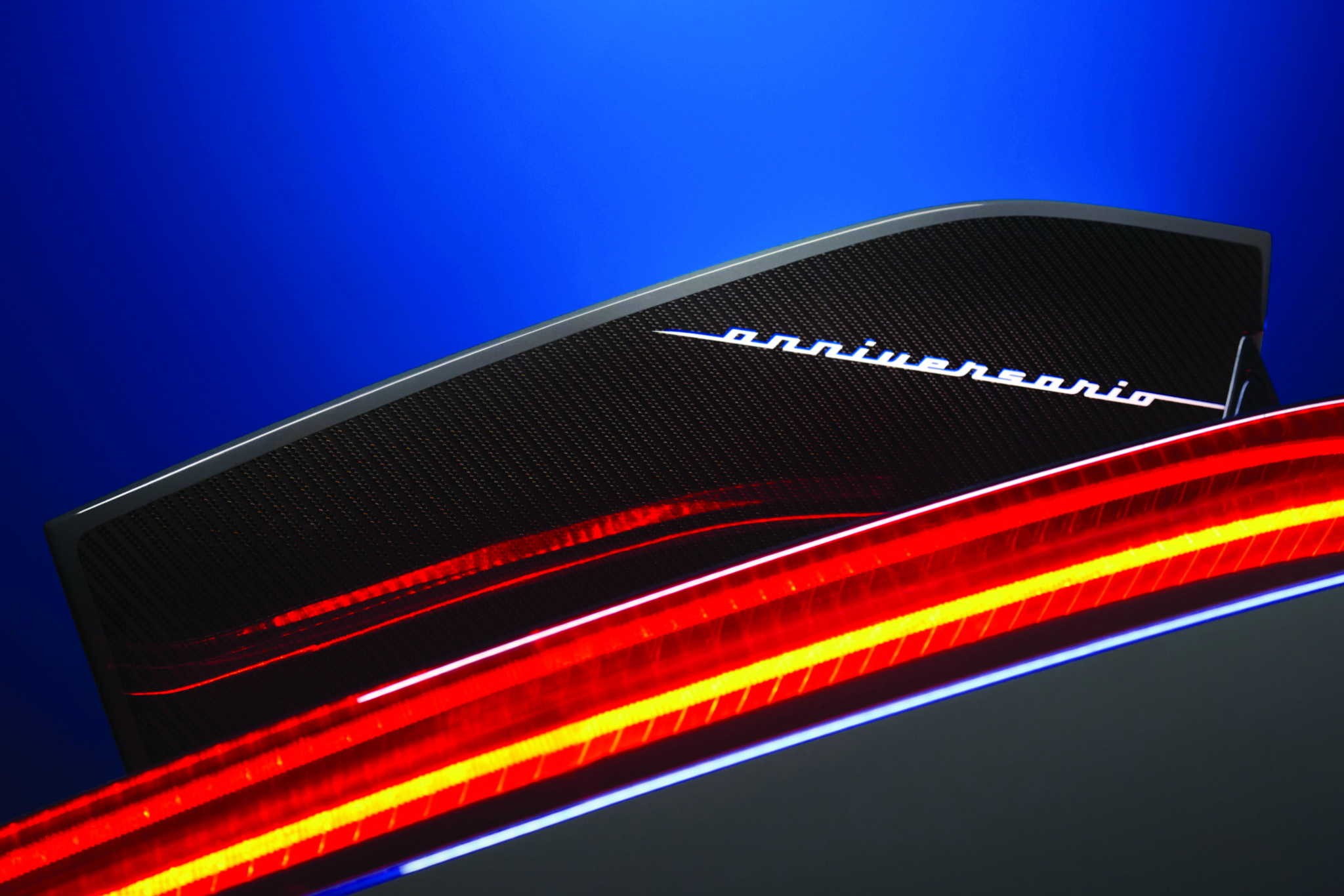
Enter Indian conglomerate Mahindra Group, which purchased Pininfarina S.p.A. in 2015, saving it from seeming insolvency. It’s important to note the association with Ferrari immortalized Pininfarina, there’s no question. But the design house made its name years before the Prancing Horse even existed, so there’s reason to believe it will continue flourishing. For this reason Mahindra formed Automobili Pininfarina to envision, engineer, design and manufacture vehicles under the Pininfarina badges.
And it all starts with the Battista, an electric rocketship imagined to elevate Pininfarina into the minds (and garages) of the world’s most discriminating and deeply pocketed collectors. But the story doesn’t end there. After the tour of the museum they usher us downstairs to see the next vehicle in the Automobili Pininfarina stable: the PURA Vision, a design concept that looks to forecast an entirely new lineup of vehicles under the signature ‘PF’ badge. And while the Battista takes its powertrain from Croatian hypercar builder Rimac, these newer vehicles will be manufactured in Northern Italy, with newly-developed platforms and powertrains.
There’s not much we can divulge about this sneak preview, but we can say that the PURA Vision is a thing of spectacular beauty, pulling elements from some of Pininfarina’s most iconic vehicles. A chimera of sorts—half shooting brake, half SUV, all crossover—the S-LUV features a unique silhouette with the high fenders and low hood of the Dino.
Very low in height with a narrow greenhouse, its linear simplicity echoes that of the Alfa 2uettottanta with the short overhangs and proportions of the Cisitalia. Pininfarina’s Chief Design Officer Luca Borgogno claims the PURA Vision’s all glass cabin hails from the very rare 1953 Alfa Romeo 6C Superflow IV. Its sides are deeply scalloped but polished smooth, almost like the high cheekbones of a supermodel. “We want to give a kind of sensuality to the car,” explains Borgogno. “It’s like the hips of a woman that are, in my opinion, one of the sexiest parts.”
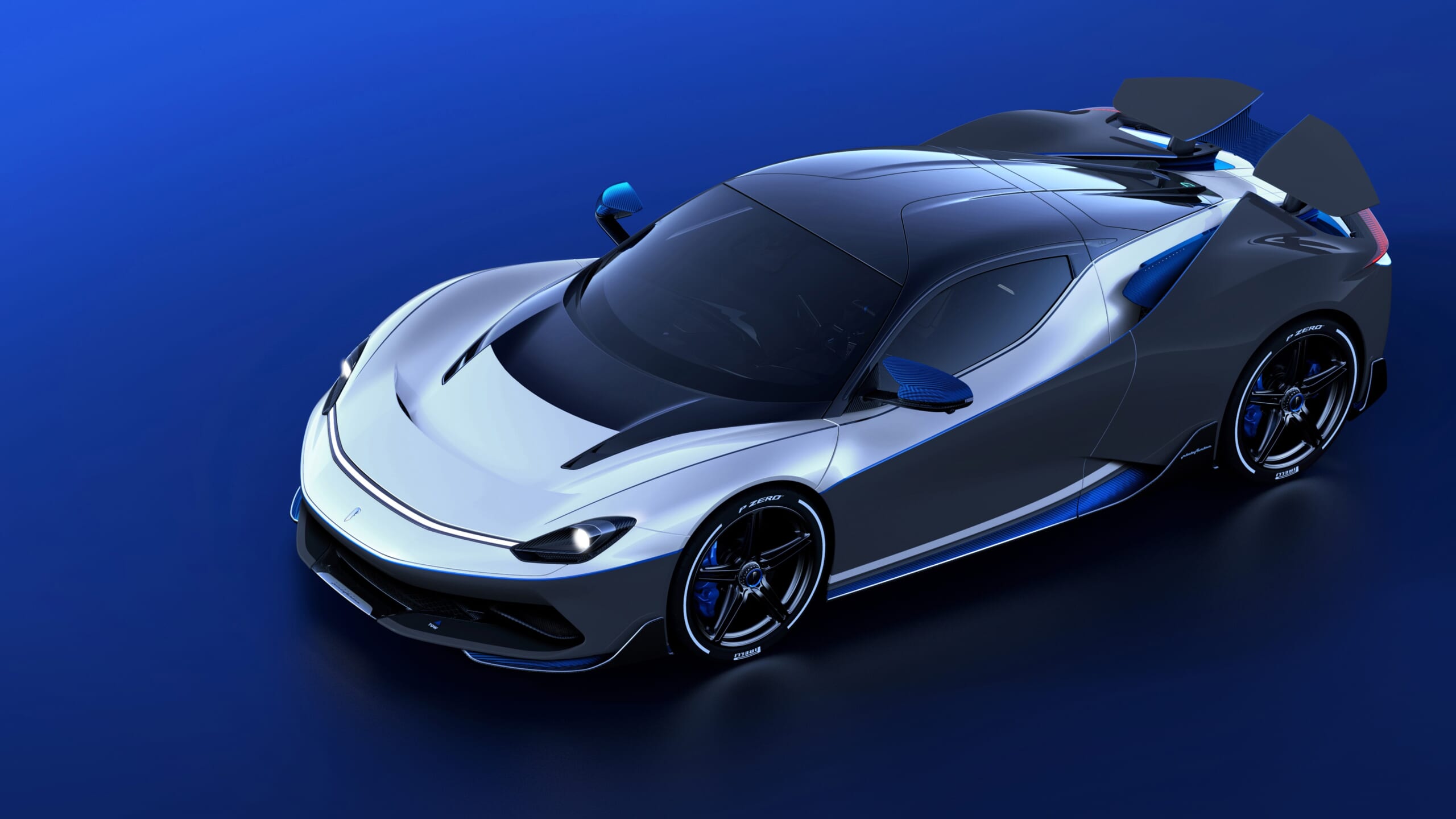
Beyond the zero emission all electric powertrain that will run across the fleet, serious sustainability efforts include a “circular economy” wherein scraps of aluminum and leather are upcycled into unique materials. Components like carpeting are made of discarded fishing nets, and some leather is tanned with an organic agent sourced from pruned leaves.
Given the PURA Vision’s narrow windows and low height, I ask if the glass roof was designed to mitigate the claustrophobia from such a small greenhouse. The amicable designer smiles and shakes his head. “The inspiration was to actually have the perception of the surrounding environment as much as possible,” Borgogno clarifies. “It’s linked with our sustainability aspect. So the glass greenhouse has to do with enjoying the environment as much as possible, being related to looking outside: the feeling, the colors and the beauty of nature.”
If the PURA Vision augurs what the Automobili team can bring into showrooms, then Pininfarina’s third book could very well become a bestseller. Who knows, it could even spark a second trilogy.
A conversation with Automobili Pininfarina CEO Michael Perschke
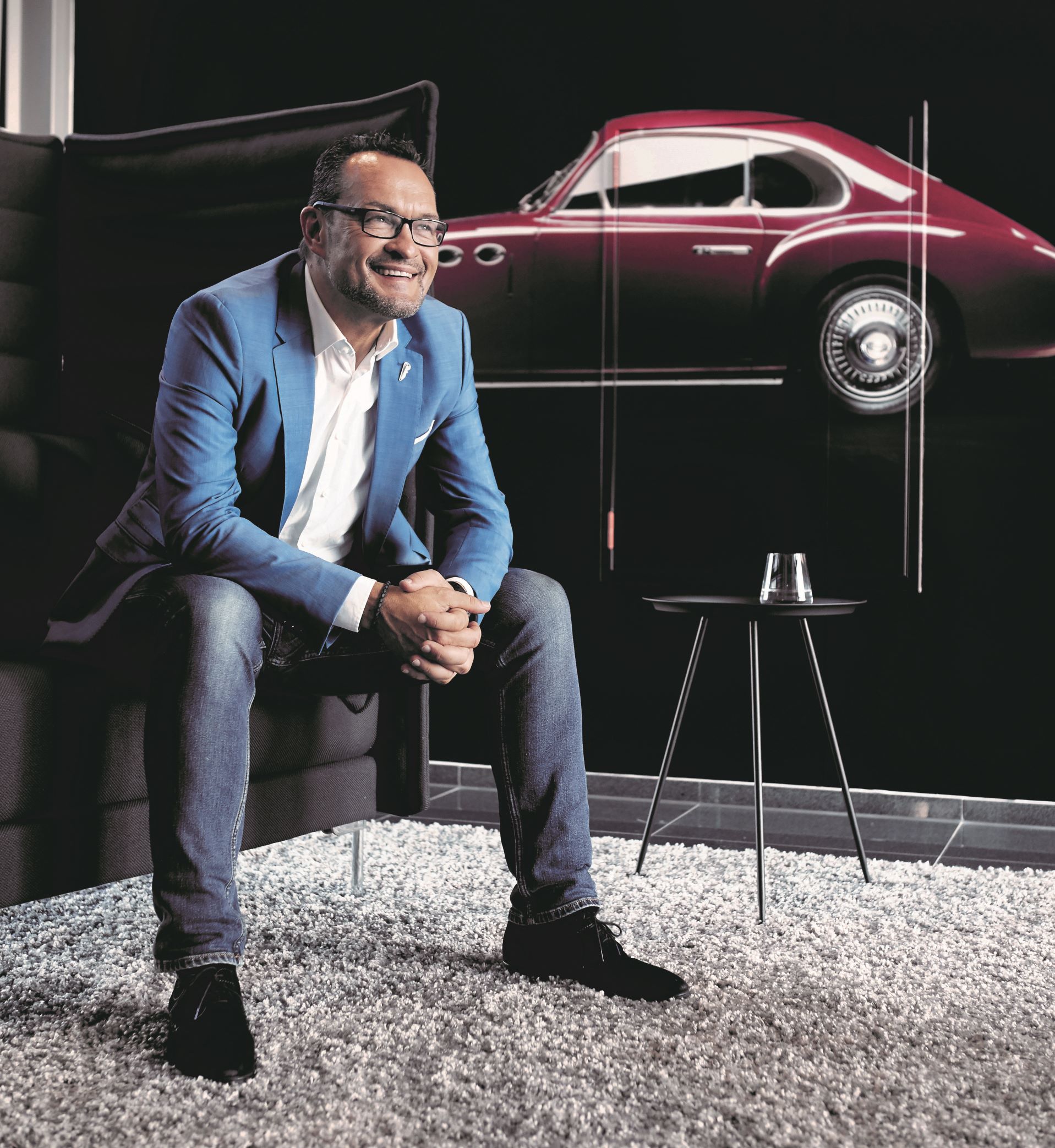
What is it like to inherit this legendary name, responsible for some of the most iconic cars in the world, and shepherd it into a new era?
I think it’s a once-in-a-lifetime unique opportunity that you take a brand which is so strong, which has 90 years of legendary design. You go to The Museum of Modern Art, you go to the Petersen Museum, you go here to the National Automobile Museum and you have so many masterpieces of Pininfarina, and yet Pininfarina has never done that step to develop brand new cars. So I think that was a big strategic move. Thanks to Anand Mahindra and his foresight acquiring the company back in 2015, but already having in mind to create a car company.
I think that already is a very important, very vital step. But I think the opportunity we now have is to start with new technologies. We’re not another “me too” combustion engine brand—we’re actually the first ultimate luxury car brand with zero tailpipe emissions. I think that’s a very, very unique positioning that we’re very proud of. Also our 90th anniversary is kind of that hook year where we can launch our first product, makes it even more unique. And when it’s time to celebrate 100 years of Pininfarina after 10 years of having our own car brand, I think that will make it extremely striking. But the Battista is the right starting point.
When Pininfarina stopped creating current production cars for Ferrari many analysts thought it signaled the company’s end. Can you talk about phasing Pininfarina into this third chapter of its life?
Fair question. Now I have to say I’m not part of Pininfarina so I cannot really speak to how it felt for the Pininfarina people. I personally think retrospectively, maybe this is one of the best things which happened to the company, because I would always say that Pininfarina delivered to Ferrari the shovels to allow Ferrari to dig for gold, because it was the design that made the Enzos, the F40s, the F50s really legendary.… But if you look in the history books it’s all about the design, and that was Pininfarina.
So Ferrari breaking up that marriage actually gave Pininfarina the opportunity to step out of that shadow and define its own destiny. Now that led to a second company because Pininfarina [S.p.A.] is a design and engineering company that continues to serve other manufacturers and we [Automobili Pininfarina] are only looking to create that beautiful new car brand.
We’ve seen the success of Tesla, and the unveiling of a slew of other EV hypercars like the Lotus Evija snd Rimac C_Two; just being an EV hypercar is no longer revolutionary. What is unique about your positioning?
I think there are three or four elements for this unique positioning. First and foremost I think Pininfarina owns aesthetics, beauty and design. Everybody else can own other attributes but I think nobody will really challenge Pininfarina on organic design, proportions, dimensions, surfaces. Pininfarina defines the category. We are not a follower, we are best in class for 90 years. For luxury this is very important because luxury is also a lot about design.
Secondly, we have that unique heritage of having designed 64 Ferraris, 700 cars, 120 show cars, and we are very well respected. The Cisitalia was the first car which went into the permanent exhibit of The Museum of Modern Art. So I think that’s a very strong asset we have. The third asset we want to own is driving characteristics and performance. At the end we might not be the strongest by four or five horsepower, but that’s not relevant. It’s how you can apply the power to a day-to-day use.
And then lastly we want to also be among the best in the connectivity space. So when you come to your car it has intuitive-to-use, easy-to-integrate technologies—because that’s one of the critical elements for the next generation. So that combination of ingredients heritage, design, aesthetics, with performance and connectivity—if you put them together are quite unique. I always say it’s like a Michelin star chef: he goes to the same vegetable market as the normal restaurant. But the application of the ingredients by the magician, like my [Design Director] Luca Bergogno, they create a very unique three-star dish.
Pininfarina can hang its hat on aesthetics and design. But what you’ve never done is manufacturing. What do you tell investors to make them confident your team can bring a fleet of cars into production?
So I think there’re different levels. The Battista is going to be produced here, in a combined team of Automobili Pininfarina and Pininfarina. We have in the group already the capabilities of small scale, very unique series. And we’re here in Italy around terrain where you have a lot of these small shops, coach builders, leather companies, who can provide all the ingredients.
Small numbers but high-quality suppliers, and that’s where I think we also have the strengths at our disposal. And then for the next car [PURA Vision] it’s scaling up. And I think the scaling up is something we are just embarking on and you’re going to see more on the scaling up, the factory, the green production technologies, photovoltaic and all that, which we will embed to become a zero impact company by 2025.
Battista Anniversario
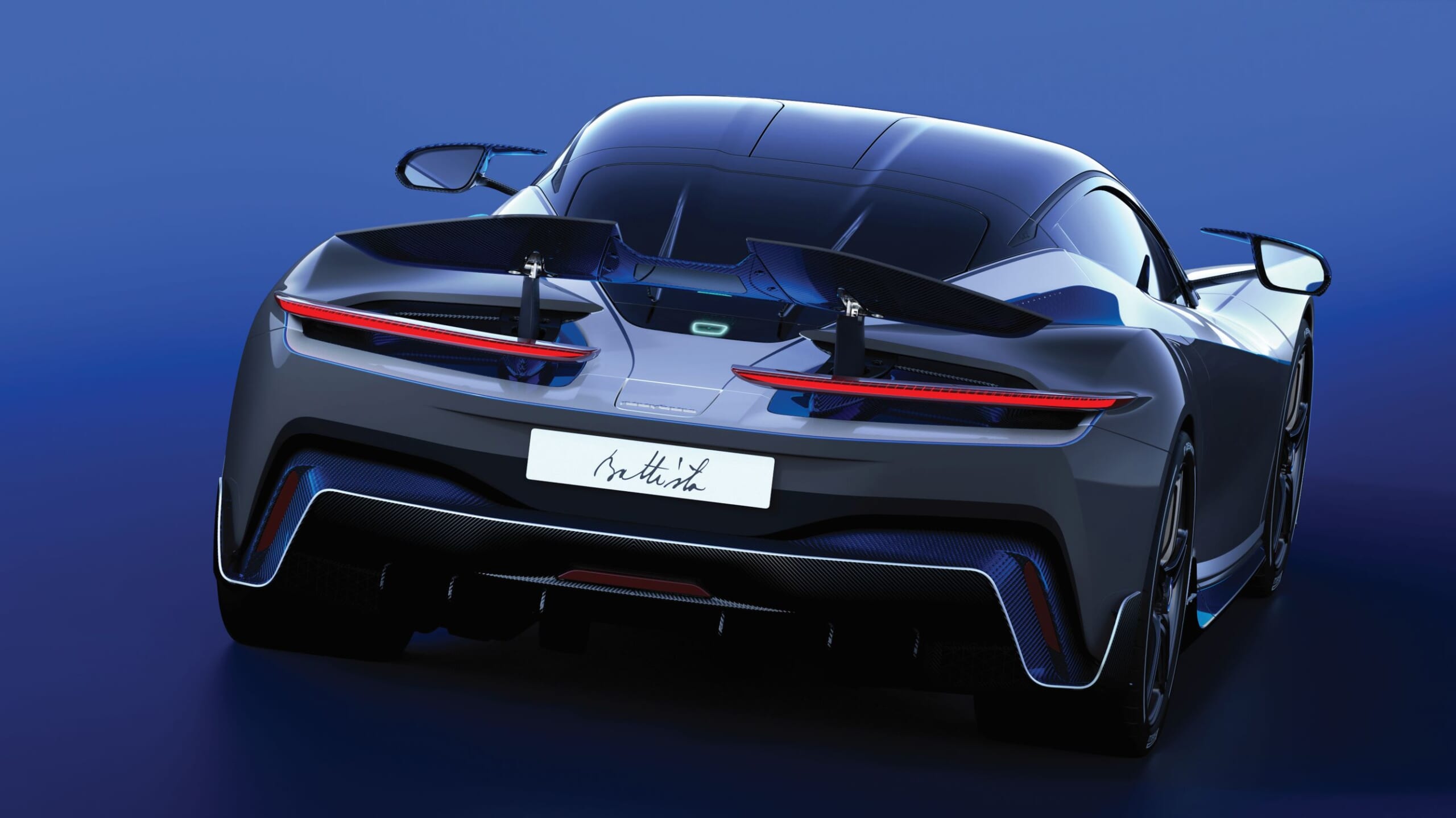
Much has already been written about the Battista, but in Turin we were the first to witness the limited edition Anniversario. Created to celebrate the 90th anniversary of the Pininfarina design house, the Anniversario features the same ridiculous zero-emission powertrain that courses through the Battista: a 120 kWh high-power-density battery supplying four independent electric motors, one at each wheel. This generates 1,900-hp and 1,696-lb-ft of torque, enough force to timewarp the Battista from 0-62 mph in under two seconds, and from 0-124-mph in under six—acceleration engineers compare to that of a fighter jet.
Aesthetically the Anniversario edition offers a second set of 21-inch “Impulso” forged aluminum wheels, a slew of additional aero enhancements (including front carbon fiber winglets, rocker panel, reworked rear diffuser, rear aero fins and a bespoke rear wing), headlight engraving, “90” badging throughout, and a signature two-tone livery. Designed to make the Battista “just a little more special,” according to Luca Borgogno, only five of the Anniversario will be made starting at $2.9 million.
